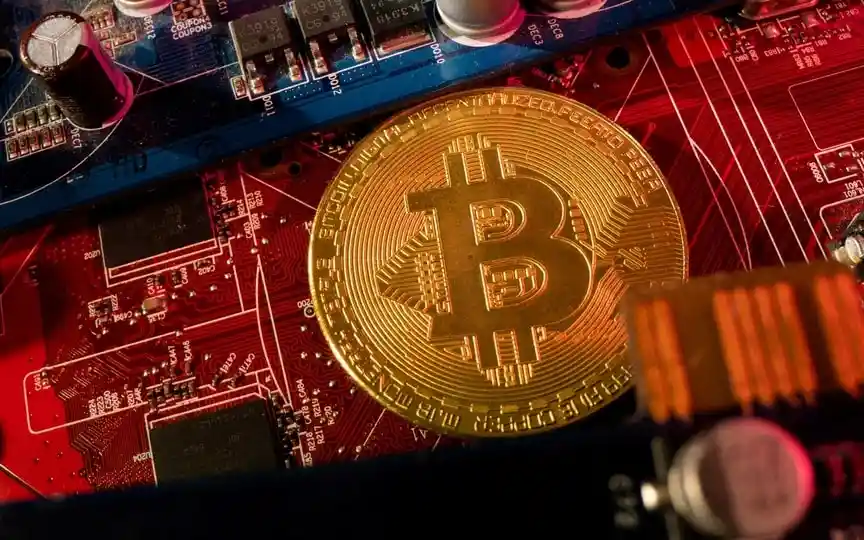Blockstream Amassing Mining Rigs in Anticipation of Bitcoin Revival
Blockstream Corp., a Bitcoin developer, is confident in a significant recovery of the world’s most valuable cryptocurrency. To capitalize on this potential, the company is acquiring Bitcoin mining rigs with the intention of selling them at a later time for a profitable return.
Montreal-based Blockstream was one of the earliest Bitcoin infrastructure companies, founded in 2014 by CEO and co-founder Adam Back, among industry insiders believed to be Satoshi Nakamoto, the pseudonymous creator of Bitcoin — speculation Back dismissed.
Now the company plans to take advantage of Bitcoin’s looming software update — rather ominously called a “halving” — that it expects will spur a price rally in the digital asset, which in turn will drive up the price of specialized or application-specific computers. integrated circuit machines that miners use to produce Bitcoins.
“We made quite a bit of money buying and selling miners, and then we look at the market and see that there’s a real economic opportunity here,” Blockstream CEO Adam Back said in an interview.
While the market prices of Bitcoin and ASIC have shown a high correlation, ASIC prices tend to underperform Bitcoin in bear markets and overperform in bull markets, suggesting a potential rally when Bitcoin-denominated volumes are high, the company said in a statement on Tuesday.
A flood of mining machines flooded the market last year when the price of Bitcoin collapsed, while major crypto lenders such as New York Digital Investment Group have also liquidated machine-backed loans. After a roughly 70% recovery in the first quarter, the price of Bitcoin has been stagnant around $30,000 for months. Bitcoin hit an all-time high of nearly $69,000 in November 2021.
But Blockstream Is Spying a Window of Opportunity As Bitcoin’s Halving Approaches. Taking place in early 2024, the once-in-four-yearly event will halve the number of coins miners can earn from producing Bitcoin, helping preserve the token’s value by reducing supply.
Since these rewards are the main source of income for miners, the update is likely to trigger an arms race to buy new machines to better compete for the limited supply of tokens. Blockstream said it is seeking to raise $5 million through a newly launched investment vehicle so it can buy, store and then sell ASIC cards to the market at a higher price if the price of Bitcoin rises during the halving.
“We think there’s a huge price correction coming where we’ll see ASICs go back to where the Bitcoin price would be when there’s capacity in the market,” said James Macedonio, Blockstream’s director of mining sales and business development.
According to a statement on Tuesday, the company’s investment vehicle, called The Blockstream ASIC (BASIC) Note, will issue Series 1 notes for $115,000. The securities will be offered on Blockstream’s Liquid Network, with the first tranche available today.
The fund raise follows Blockstream’s $125 million convertible bond and secured debt financing in January to expand its Bitcoin mining co-investment services, where the company hosts and operates mining rigs in data centers on behalf of clients. The company also raised $210 million at a $3.2 billion valuation in 2021 to advance its mining products and services, and has previously received backing from LinkedIn co-founder Reid Hoffman.
Bitcoin mining is an energy-intensive process where miners use specialized computers to confirm Bitcoin transactions on the blockchain in exchange for token rewards. A single Bitcoin mining rig can cost thousands of dollars, meaning that large miners often raise the funds to buy the machines by selling shares in their businesses or securing debt financing. Lenders also use mining machines as collateral for loans.
Miners tend to depreciate significantly over time as manufacturers such as Bitmain and MicroBT introduce new and more energy efficient models every few years. Miners typically update their mining rigs between these periods as they compete with each other to earn Bitcoin rewards.




